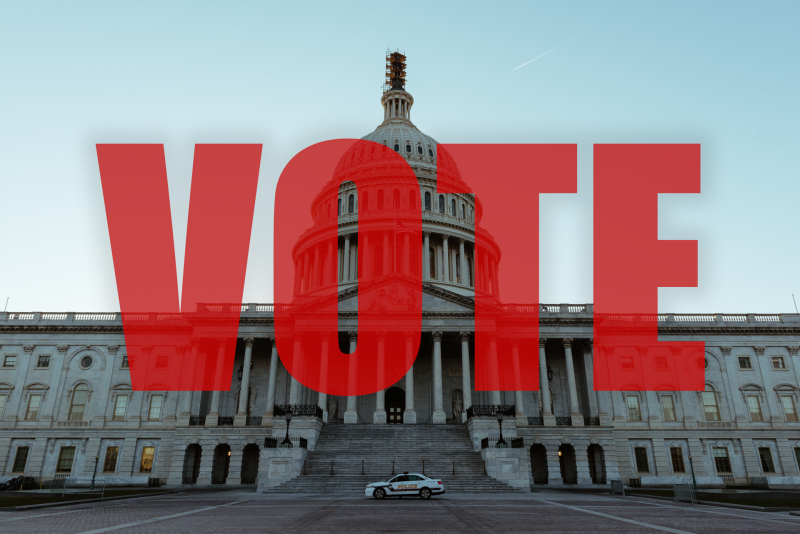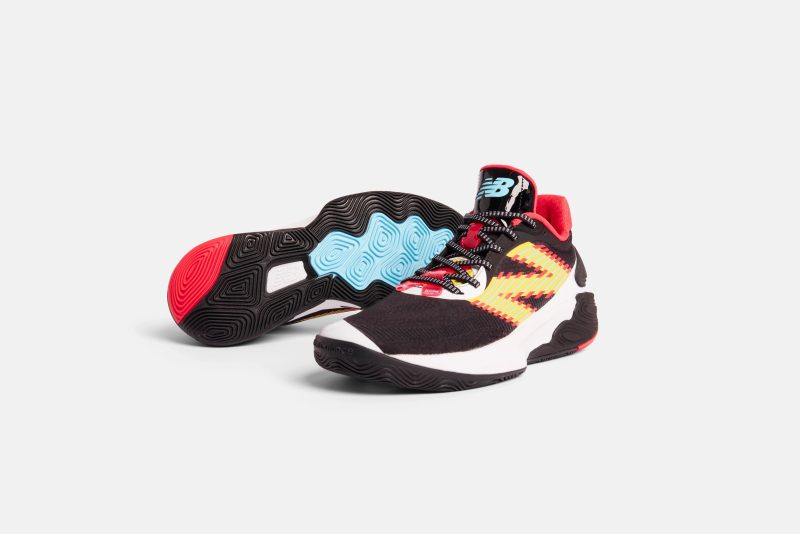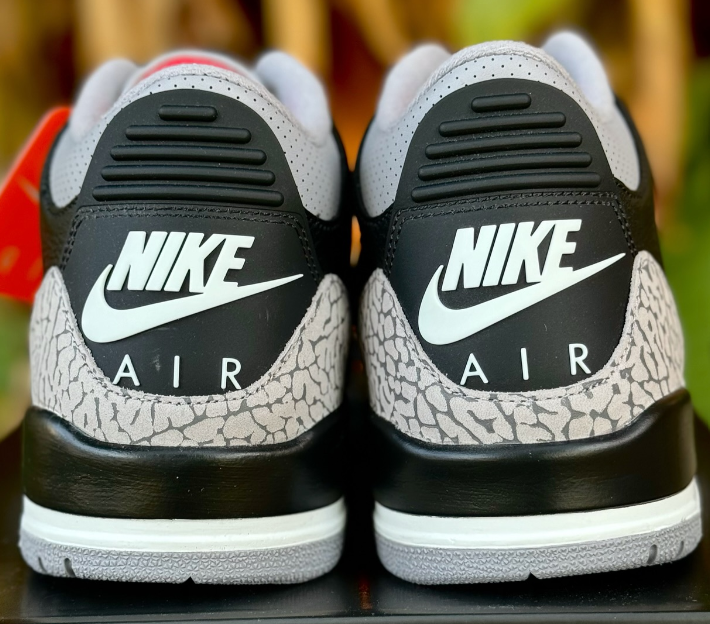- 2,836
- 10
- Joined
- Jan 11, 2011
Originally Posted by Animal Thug1539
Originally Posted by Beware The Underdog
Originally Posted by DubA169
these big market teams need to straight strong arm the small market ones
Small market teams run the leauge on and off the court.
Thank you.
And I stand behind Dan Gilbert 100%. I don't give a damn what these analyst got to say.
Like I said before, a hard-cap will only spread the talent around the league - it's an adjustment that will help the league in the long-run. Otherwise, how else will the league survive? On some 8-team league !*$@? F outta here. This wouldn't happen if these lame NBA players focused more on the game of basketball instead of what happens outside the arena.
Still mad about Bron, huh?









